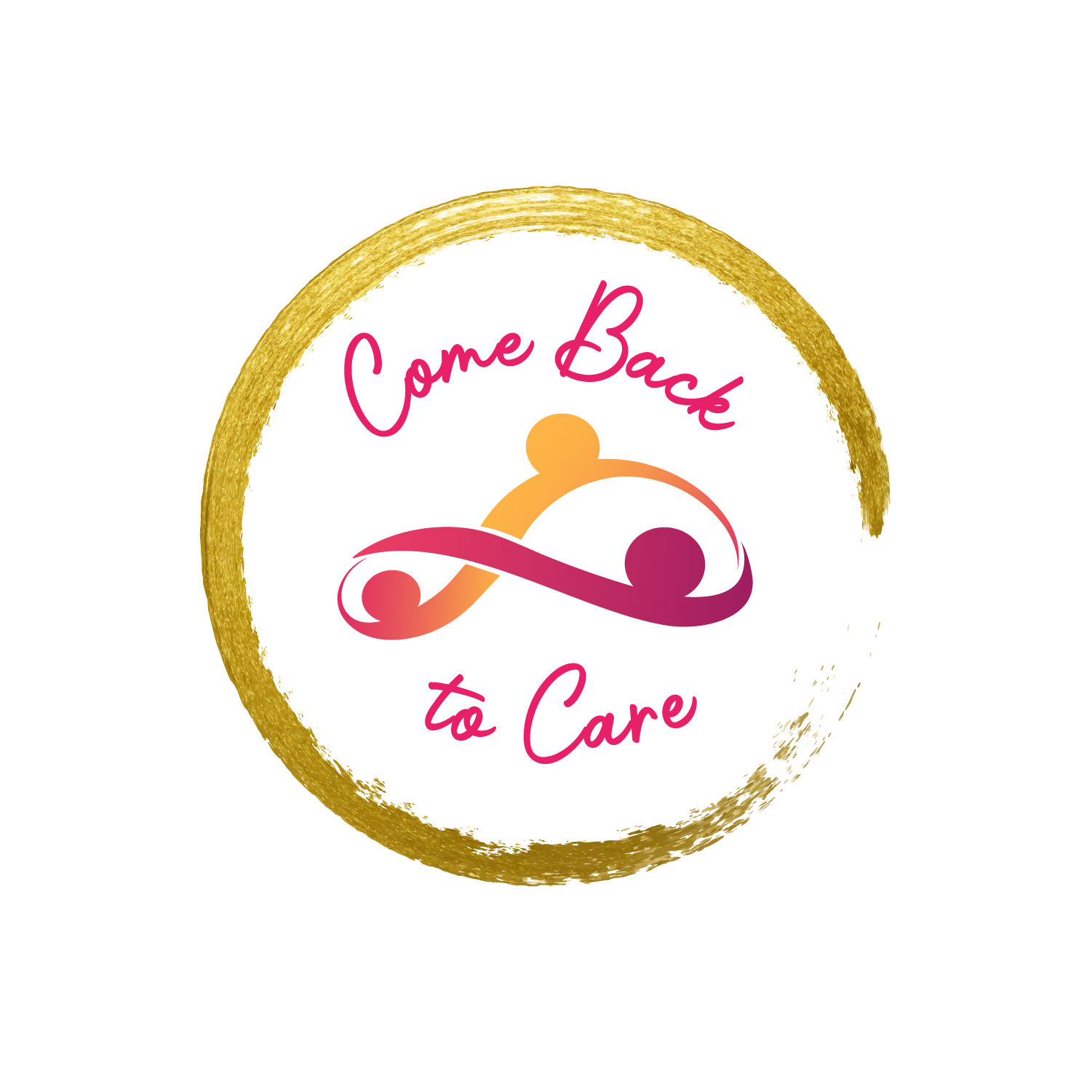Ep 28: What Parents Can Learn About Boundary Setting From Black and Asian Solidarity
“…we adapt to whatever childhood experiences we had. When no one was there to reflect back to you that crying means sad and there’s a safe way to navigate through that emotion, it’s hard to know that your feelings are real and they are valid. That can make seemingly simple things like opening up to be vulnerable, taking risks, taking up space in the world, receiving kindness from others, or owning your oops and apologizing feel not just uncomfortable but like a threat.”
Episode Summary:
In this episode, you and I are going to explore what solidarity means by studying how Black and Asian communities have advocated for collective liberation together throughout history. Then, we’ll explore a key component for this kind of solidarity to blossom: boundary setting. We’ll unpack what just-right boundaries look like in social justice advocacy and in parenting. And we’ll wrap this episode up with a discussion about how our inner child wounds affect our boundary setting skills.
Episode Outline
Defining solidarity
Unpacking the model minority myth and its roots in white supremacy
Exploring the parallel between caste apartheid and racism
Examples of Black and Asian solidarity throughout history
Defining boundaries- just-right, rigid, and porous- in social justice advocacy and parenting
Three inner child wounds that make boundary setting hard
Three invitations to re-parent those inner child
Sign up for the Care Collective Newsletter
My wholehearted goal is to be a ray of sunshine in your inbox and send you information and inspiration 1 time (or 2 max) a week.
Resources Mentioned:
Dean Spade: Mutual Aid: Building Solidarity During this Crisis and the Next
Mikki Kendall Hood Feminism: Notes from the Women that a Movement Forgot
Ep 5: What Parents Can Learn from Performative Allyship & Performative Parenting
The New York Times: Success Story, Japanese-American Style; Success Story, Japanese-American Style
CODE SWITCH- From Wrong To Right: A U.S. Apology For Japanese Internment
6 Charts That Dismantle The Trope Of Asian Americans As A Model Minority
The history of tensions — and solidarity — between Black and Asian American communities, explained
Asian and Black Communities Have a Long History of Shared Solidarity
Three Social Justice Approaches to Having Hard Family Conversations
Ogden & Fisher- Sensorimotor Psychotherapy: Interventions for Trauma and Attachment
Dr. Jenny Wang- Permission to Come Home: Reclaiming Mental Health As Asian Americans
Special Invitation:








